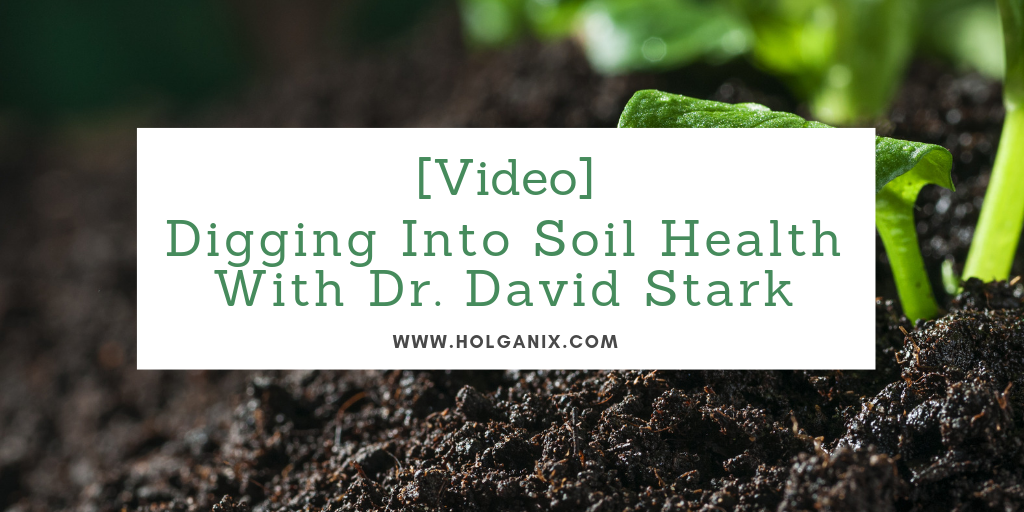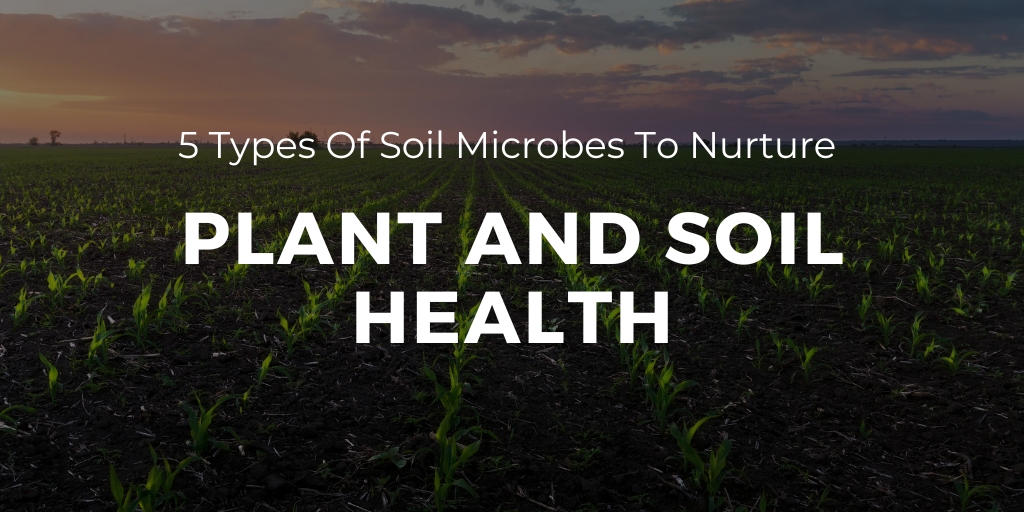
“Over the first three decades of my career, we didn’t think about soil much,” admits Dave Stark Ph.D. molecular biologist and biochemist. Dave, originally from Monsanto, is the President of Agriculture at Holganix LLC. “At the time, scientists thought a lot about the genetics of the seed we put in the soil and how to help protect and grow the plant. But, we didn’t think much about the soil.”
Fortunately, that mindset is changing! Today, there is a lot of awareness about what makes healthy soil and which practices and environmental stressors make poor soil.
When we have healthy, nutrient-rich soils, it is teeming with beneficial soil microbes. “It is the interaction between the soil microbes and the roots, that creates healthy soil,” explains Dr. Stark.
The importance of microbes was stated best in The Biodiversity of Microorganisms and Invertebrates: Its Role In Sustainable Agriculture, “When devoid of its biota [the microbes!] the uppermost layer of earth ceases to be soil.”
Feeding The Microbes Is A Start... But Adding Soil Microbes Is Key
Today, we hear more conversations about what farmers and turf managers are doing to build and feed the microbes in the soil. They are reducing their tillage, adding cover crops, and applying products like biochar, humic acid, and sugar products.
“These are good practices that help feed the microbes,” explains Dr. Stark. “But, feeding the microbes is just half of the equation. Feeding the microbes assumes that the soil microbes we need to nurture plant health are already in the soil. And often, that is not the case.”
In reality, weather and some management practices disrupt or even destroy beneficial soil microbes. For example, when we spray fumigants or fungicides, or when we over-apply nutrients like nitrogen, we can disrupt and even kill beneficial soil microbes. Also, things like winter, freezing, and flooding damage beneficial soil microbe levels.
When It Comes To Soil Microbes, Go For Diversity
So, feeding the microbes is one half of the equation; the other half of the equation is adding diverse, soil microbes to the soil.
Every type of microbe plays a role in the soil. From bacteria that degrade plant material and hold nutrients in the soil, to fungi that solubilize nutrients, signal the plant’s defenses during stress and break down the material, to protozoa and other types of fungi that consume bacteria and secrete nitrogen in plant-usable forms, microbes are the soils’ workers.
And, since every type of microbe is important, the diversity of microbes is also really important. “If you are evaluating different microbial products,” cautions Dr. Stark. “Go for diversity.”
Ultimately, with over 800 species of soil microbes present, Bio 800+ products deliver the diversity your soils require. At the end of the day, Bio 800+ provides an increased yield for farmers, increased plant resilience, and a reduction of fertilizer for turf professionals.
>> Learn more about Bio 800+ products here
Watch Our 25-Minute Presentation On Soil Health
Want to dig deeper into soil? Watch Dr. Stark’s 25-minute presentation where he will cover: the importance of soil health and how to build soil health.
 |
June 27, 2019
|
6:44 PM
|
June 27, 2019
|
6:44 PM




-1.jpg)
-1.jpg)
-1.jpg)
.jpg)

.jpg)
.webp)
-1%20(1).webp)
-831535-2.webp)



.png)

.png)